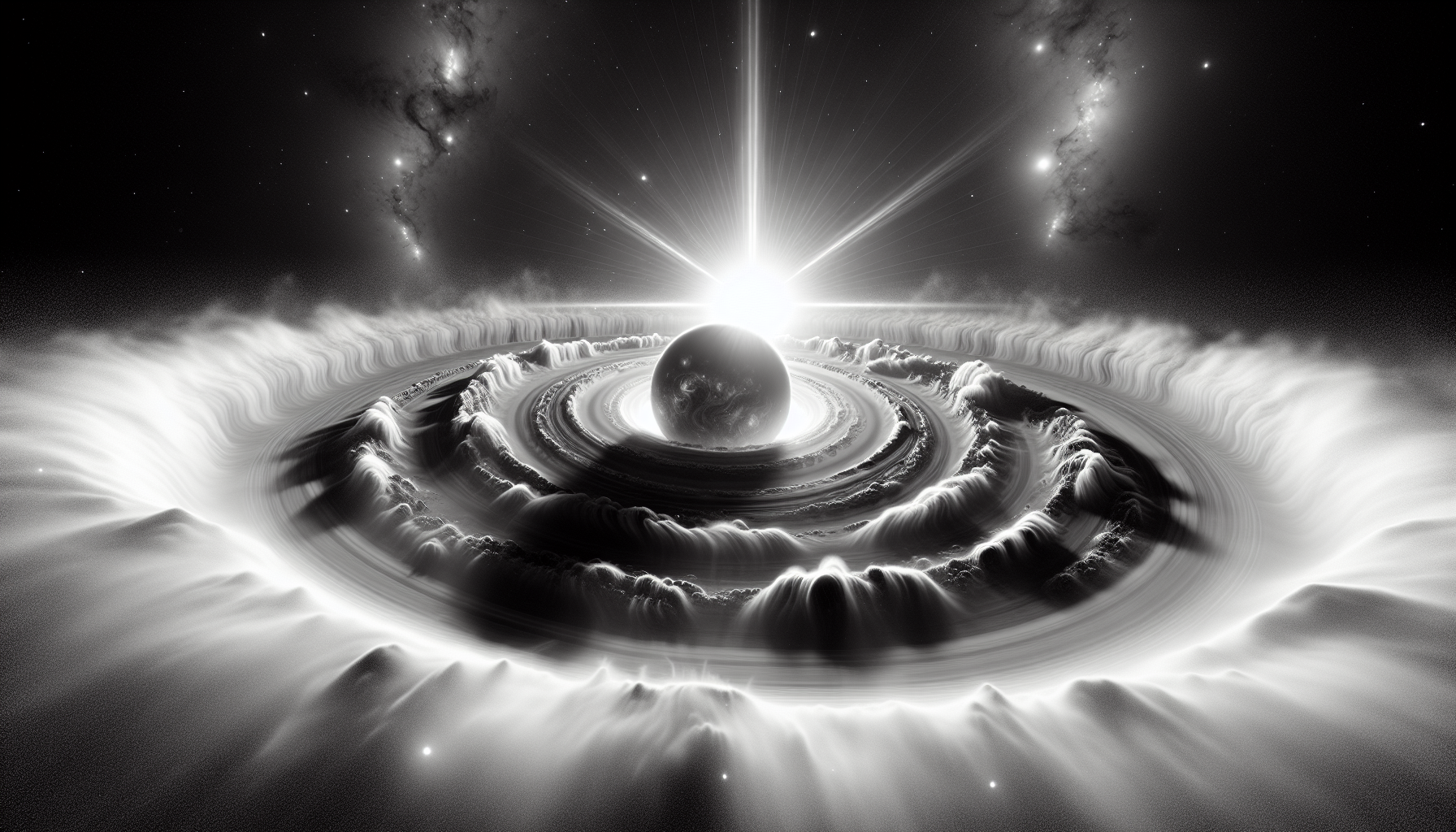A Window Into Planetary Birth: The First Direct Glimpse
Imagine watching a planet being born, not in a simulation or an artist's rendering, but in real time, 440 light-years from Earth. This is no longer the stuff of science fiction. In July 2025, astronomers announced they had directly observed a giant planet forming within the swirling gas and dust of the star HD 135344B. This is more than a scientific milestone-it's a revolution in our understanding of how worlds like Jupiter, and perhaps even Earth, come to be.
The Discovery That Changed Everything
For decades, astronomers have theorized about the birth of planets. They've built models, run simulations, and peered at distant stars, hoping to catch a planet in the act of forming. But the process is shrouded in mystery, hidden behind thick veils of dust and blinding starlight. The breakthrough came when researchers, using the latest in adaptive optics and infrared imaging, managed to pierce this veil. They captured the faint glow of a giant planet still gathering mass, nestled within a spiral arm of HD 135344B's protoplanetary disk.
This is the first time scientists have directly seen a planet forming in the exact spot where theory predicted: inside a spiral structure, sculpted by the planet's own gravity. The image is not just a snapshot; it's a confirmation that our models of planetary formation are on the right track.
How Did They Do It?
The feat required more than just a powerful telescope. Astronomers combined high-resolution imaging with advanced data processing to filter out the overwhelming glare of the host star. By focusing on the infrared spectrum, where the heat of young planets is most visible, they isolated the telltale signature of a world in the making. The planet, still accreting gas and dust, glows faintly against the backdrop of its parent disk.
This technique, once considered science fiction, is now a reality. It opens the door to observing other forming planets, not just in HD 135344B, but across the galaxy.
Why This Matters: A New Era for Planetary Science
The implications are profound. For the first time, astronomers can watch the process of planetary birth unfold, testing and refining their theories with real data. This discovery provides a living laboratory for studying how gas giants like Jupiter and Saturn formed in our own solar system. It also offers clues about the diversity of exoplanets-worlds orbiting other stars-and the conditions that might make them habitable.
The observation also highlights the rapid progress in telescope technology. Instruments like the Very Large Telescope and the upcoming Extremely Large Telescope are pushing the boundaries of what we can see. As these tools become more powerful, the pace of discovery will only accelerate.
What's Next? The Race to Understand Our Cosmic Origins
While the discovery is being celebrated, astronomers are already looking ahead. They want to measure the new planet's mass, composition, and atmosphere. Each detail will help answer fundamental questions: How common are giant planets? What determines whether a planet becomes a gas giant or a rocky world? Could similar processes give rise to habitable planets elsewhere?
There's also a sense of urgency. As more protoplanetary disks are observed, the hope is to catch planets at different stages of formation, building a timeline of planetary evolution. The findings from HD 135344B are expected to spark lively debate at upcoming astronomy conferences, and may even influence the design of future space telescopes.
A Glimpse Into Our Own Past
Perhaps the most captivating aspect of this discovery is its connection to our own origins. Billions of years ago, our solar system looked much like HD 135344B-a young star surrounded by a disk of gas and dust, with planets coalescing in the chaos. By watching a planet form 440 light-years away, we are, in a sense, looking back in time at the birth of our own world.
The universe, it seems, is not just a place of distant wonders, but a mirror reflecting our own cosmic story. And as we learn to read that story in the light of newborn planets, the next chapter is only just beginning.
